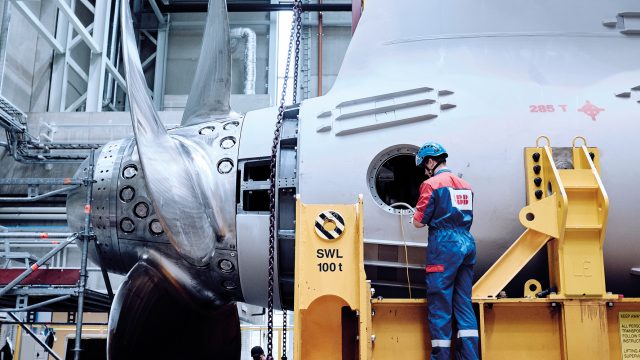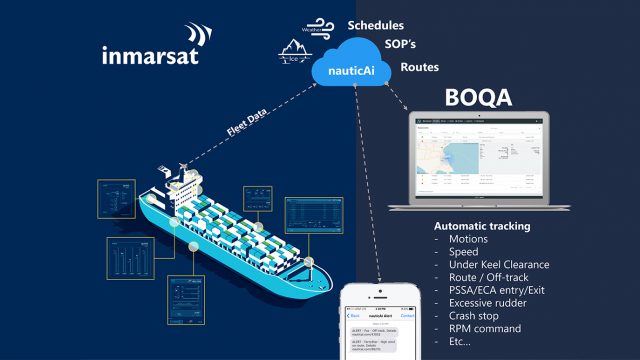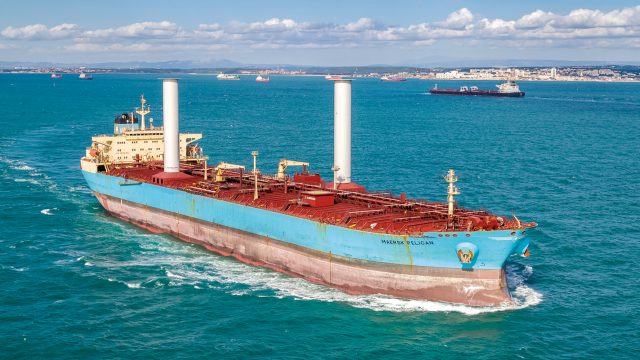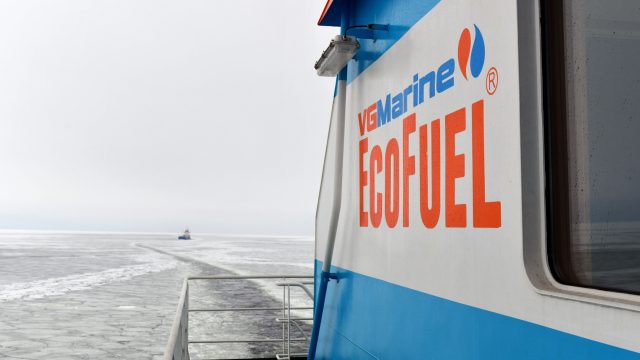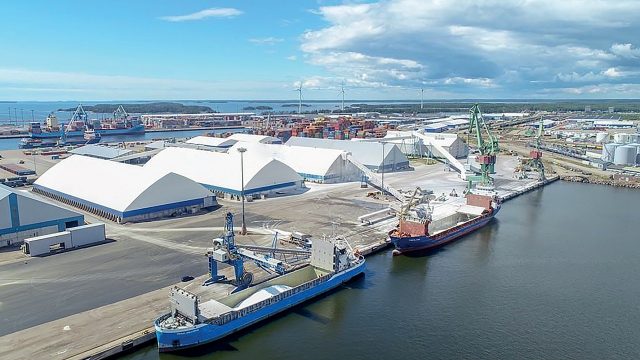Arctia’s President and CEO Maunu Visuri says that, while global warming is a fact, icebreakers will still be required for many years to come. “The record-breaking warm ice winter of 2019–2020 is behind us. Only three out of eight Arctia’s ice-breakers were in operation. In the big picture these kind of extra-warm winters will save money for the taxpayers, as less ice-breaking assistance is needed. However, for the time being the consensus on the amount icebreakers needed remains the same, even as we most likely face more milder winters in future,” Visuri says.
He also notes that the real challenges of the winter sometimes only become apparent in late spring. This happened a few years ago, when the mild early winter turned extremely harsh and all Finnish icebreakers were required towards the end of the season. “Demand for icebreakers also varies locally. For example, as pack ice or thick slush belts block traffic to various ports in different ways,” says Visuri.
Icebreaker fleet considerations
“The starting point is always to note the fact, that Finland is the only country in the world of which all harbours may freeze during winter. In this respect Finland is a true island. This is emphasized further especially looking at the important industry ports in the Bay of Bothnia. These far north ports must be kept open to serve local industry,” says Visuri.
Visuri says that five key factors influence the future need of icebreakers. These are (1) operational requirements, i.e. the future characteristics of cargo ships, (2) global warming, (3) economic life of current ice-breakers, (4) potential larger cooperation models e.g. between Finland and Sweden and (5) regulatory changes especially in respect of the environment.
Out of the operational requirements there are two major issues. First one is that ships in the Baltic Sea are growing in size and, in particular, in width. More ships of approximately 34 metres wide will be coming to the Baltic Sea. Most of Arctia’s current icebreakers are about 24 metres wide. This means that, in difficult ice conditions, although some icebreakers are able to create broad ice-channels by adjusting prop wash, some cargo ships will need to be assisted by two icebreakers. The second point relates to the IMO’s emission regulations and the subsequent reduction in vessels’ engine power.
In time, this will be reflected in an increasing number of EEDI ships, which are less capable of sailing in ice and there will be a greater need for an icebreaker assistance. Global warming will reduce ice in the Baltic Sea over the long term. The Finnish Meteorological Institute has done a great deal of research on this topic. Climate change may also lead to a situation, in which vessels in the Bay of Bothnia will find it more difficult to operate in the pack ice of a mild winter, than in the more stable conditions afforded by fast ice. I.e, sometimes milder winter means more challenging conditions.
Out of the last three points it is worthwhile to point out that both Finland and Sweden will still need icebreakers. Both countries’ fleets are getting older every year and both face similar challenges.
This is also why Finnish and Swedish maritime authorities have agreed to design the next generation of icebreakers together. Maunu Visuri says that this is a good and worthwhile objective. Co-operation has been good and we expect to see the preliminary plans for the new icebreaker designs in the early 2021.
Arctia is very environmentally responsible corporation. Today Arctia operates worlds first LNG-powered ice-breaker Polaris, which was completed in 2016. Arctia has had excellent experiences operating the vessel by LNG.
Offshore business waiting for better days
Arctia’s icebreaking armada consists of eight heavy icebreakers and one port icebreaker. In the summertime, two multipurpose icebreakers – the 90s vessels Fennica and Nordica – have been time chartered to undertake offshore work in foreign seas. Last year, Arctia ended its offshore services for the time being. “The good sources of income generated by these vessels dried up in 2016. There’s currently little or no demand in the offshore sector, which would suit our vessels. That’s why we’ve put this part of the business on ice. If things improve over time, we’ll be more than happy to ramp up our offshore business again,” says Visuri.
The new Arctia
In late 2018 another Finnish government owned company, Meritaito Oy, become Arctia’s 100% owned subsidy. Today, in addition to the ice-breaking services, Arctia provides fairway maintenance and hydrografic surveys in its service portfolio. Last year, Arctia’s new consolidated net sales totalled to apprimately EUR 80 million, of which icebreaking accounted for approximately EUR 45 million. The company employs about 500 people.
Finland and Sweden to design icebreakers together
The Finnish Transport Infrastructure Agency and Swedish Maritime Administration have agreed to design the next generation of icebreakers as a joint acquisition. The agreement that was signed in March only includes design, as no decision has yet been made on construction. The agreement covers two icebreakers for Finland and three for Sweden.
The size of commercial vessels sailing between Finland and Sweden is growing all the time. At the same time, tighter environmental requirements are reducing vessels’ engine power. Together, these factors weaken a vessel’s ability to move through ice.
“We need to enhance our current fleet of icebreakers in order to safeguard winter shipping. This new agreement with Sweden is a continuation to many years of excellent cooperation within the icebreaker community,” says Kari Wihlman, Director-General of the Finnish Transport Infrastructure Agency.
Close cooperation between agencies is based on intergovernmental agreements. Back in the 1970s, the two countries engaged in similar collaboration on the acquisition of the Urho/Atle class of
vessels. Sweden’s icebreakers are already nearing the end of their useful lives.
“We’ve now taken the first step towards the next generation of icebreakers. Ninety per cent of Swedish products are transported by sea, and northern ports would be closed for 130 days per year without effective icebreaking,” says Katarina Norén, Director-General of the Swedish Maritime Administration. In Finland, the Finnish Transport Infrastructure Agency is responsible for official and client-related tasks to assist winter shipping, and also for national coordination, development and steering. The Agency has signed icebreaking service agreements with Arctia Icebreaking Oy, Alfons Håkans Oy, and other private tug companies.
Finland is recognised for its extensive icebreaker expertise. Finnish design agencies and shipyards are therefore already waiting for the next stage in the two countries’ joint icebreaker project.
















